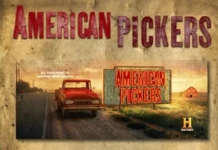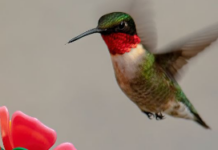Sept. 22, 2020
Weighing the alternatives
Beef cattle experts suggest factors for consideration when feeding co-products
MANHATTAN, Kan. — Feed cost is often one of the most expensive inputs when trying to balance the beef cattle budget. To help reduce that expense, midwestern producers will sometimes look to alternative feed products such as wet corn gluten, corn dried distillers’ grain with soluble (DDGS) or soy hulls, to name a few.
“Often alternative feeds are a by-product of some other production system,” said Brad White, Kansas State University veterinarian and director of the Beef Cattle Institute. Factors to consider when looking to feed by-products was the topic of discussion on a recent BCI Cattle Chat podcast.
In the spring, some ethanol plants changed their production to COVID-19-related work such as producing industrial alcohol for hand-sanitizer leading, to a concern that typical feed alternatives for the fall would not be available or price competitive, according to Bob Weaber, K-State beef cattle extension specialist.
“Ethanol production has come back and it appears that there is availability and a reasonable cost structure in the marketplace for DDGS, so that is good news for cattle producers,” Weaber said.
When selecting the co-product to feed, veterinarian Bob Larson recommends producers look at their feeding mechanisms.
“A lot of these by-product feeds don’t flow well through the augers and chutes because some can be really dusty while others are wet,” Larson said. “They can also be harder to handle because wet products will have a shorter storage life and dry products tend to blow away more easily.”
Weaber added there can also be differences in the quality of the alternative feed depending on where it is sourced.
“Some plants will separate the oil fraction off the distillers’ products, impacting the energy content of the feedstuff, while there can also be a variation in the dry matter content,” Weaber said. For that reason, he advises producers obtain or conduct a nutrient analysis of the feedstuffs when possible.
Larson cautioned producers to look at their total feeding system or risk severe consequences.
“Some products have potential toxicities associated with them such as a high amount of sulfur in some distillers’ grains or corn gluten feed,” Larson said.
The experts agreed that the main motivation for considering alternative feed sources is price.
“Feeding co-products can be extra work and producers need to be aware of the potential for negative health outcomes, but if they can manage for those factors, alternative feeds can offer a price advantage helping to increase the profit margins,” White said.
To hear the full discussion on alternative feeds, listen to the BCI Cattle Chat podcast.
FOR PRINT PUBLICATIONS: Links used in this story
Beef Cattle Institute podcast, https://ksubci.org/media/podcast-2
K‑State Research and Extension is a short name for the Kansas State University Agricultural Experiment Station and Cooperative Extension Service, a program designed to generate and distribute useful knowledge for the well‑being of Kansans. Supported by county, state, federal and private funds, the program has county extension offices, experiment fields, area extension offices and regional research centers statewide. Its headquarters is on the K‑State campus in Manhattan. For more information, visit www.ksre.ksu.edu. K-State Research and Extension is an equal opportunity provider and employer.
Story by:
Lisa Moser
785-532-2010
More information:
Bob Larson
785-564-7457
Bob Weaber
785-532-1460
Brad White
785-564-7463




